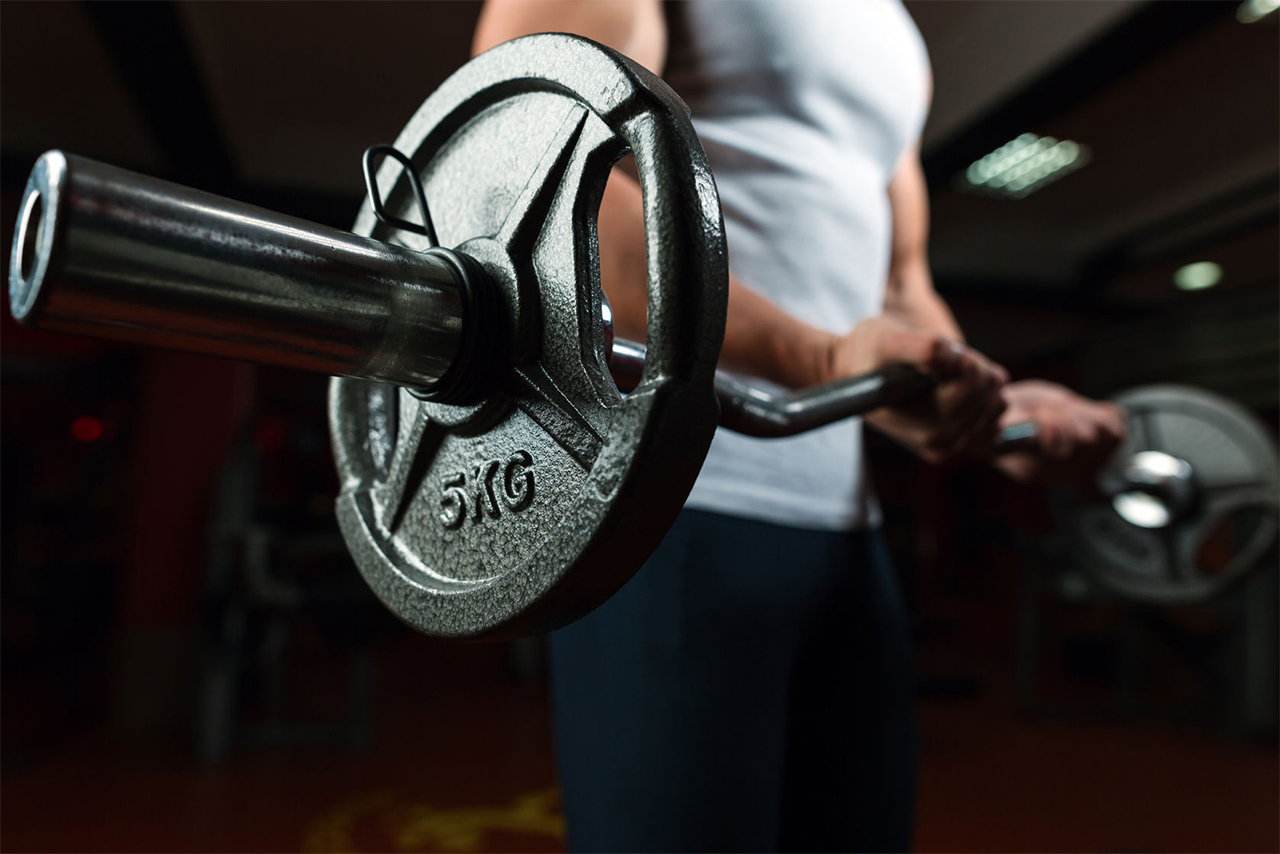The cheating principle is an intense method supposed to be taken as means of increasing the workload, and not making it easier to overcome. The main idea here is pointed to the strict completion of the given exercise, up until failure.
After reaching failure, you start using inertial movements (cheating) to help yourself reach the point beyond failure, by overcoming the ‘dead point’ of the exercise.
And that’s how you create conditions for another 2-3 reps, after you’ve reached failure. However, this method is not applicable for every exercise.
So, for example, if you are trying to help yourself on the bench press by lifting your hips off of the bench, or bouncing at the bottom of your squat, that will not be considered cheating, but rather exposing yourself to a higher risk of injury.
An essential disadvantage to this method, is the fact there are not many exercises where you can apply it safely. Among the doable exercises, are most of the bicep and cable exercises. Cheating is a modification of the strict completion of the given exercise.
As we said, the cheating-technique, is used only after the perfect completion of every other principle/technique/method in the bodybuilding arsenal, therefore, it is not recommended for beginners.
Other uses
This method is not only used to reach the point beyond failure, but also, to overcome the dead point in the trajectory of an exercise.
Which are those dead points, and are they the same for every exercise?
Usually, cheating, as a method, is illustrated by the exercise “Barbell bicep curls”, where the limiting point is in the range of 80-100 degrees, considering strict form.
Creating momentum with your body, we bring the exercise to the last third of the movement’s trajectory, which gives us an adequate amount of stress, combined with peak flexion. Therefore, it is a stimulus for growth.
The problem here, lays in the fact that many people in the gym, accept the example, given above, for many other exercises, where, as we said, this method is inapplicable and can lead to injury.
So, for example, in the exercises “Pull ups” and any kind of vertical back pull-down, the weakest point is at the end of the working amplitude, therefore, the classical cheating-technique would be useless for those exercises.
For such exercises, the effect we look for (Optimal stress during the strongest sectors of the exercise’s trajectory) can be achieved by the method of Partial reps- One third, or one fourth of a pull up, respectively adding a couple of kilograms with a weight belt or a chain.
It’s similar for every type of squats, even though the dead point here is at 80-100 degrees (just like in the bicep curls). However, creating inertial movements by bouncing at the bottom is highly undesirable and dangerous for the joints and ligaments.
Summary
So, in conclusion we can say that the professional methodologies say- Partial repetitions for most exercises.
The cheating method can successfully be applied to every lateral raise exercise. The dead point here is in the beginning of the movement, which can easily be overcame by tilting your body slightly, and the inertial movement that follows up. This way, the strong points of our shoulder muscles are optimally activated.

